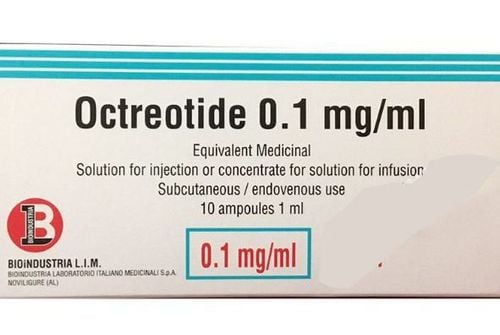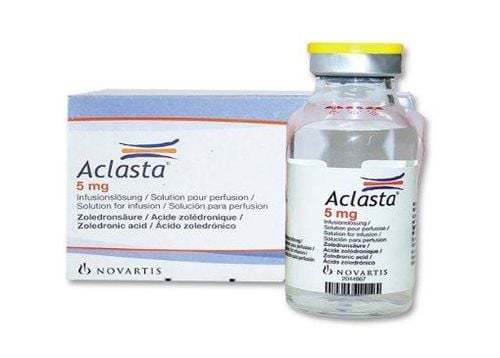This is an automatically translated article.
Most cases of osteogenesis imperfecta are autosomal dominant and the incidence is 1/20000. Current genetic analysis techniques are an important foundation for prenatal diagnosis of subjects at high risk of having children with osteogenesis imperfecta in order to prevent and reduce the incidence of the disease.
1. What is osteogenesis imperfecta?
Osteogenesis imperfecta is a disease that makes human bones weak, leading to easy fractures. A person with the disease can break a bone without sustaining an injury. In addition, patients with imperfect bone formation also have other health problems such as muscle weakness, brittle teeth and hearing loss.
Osteogenesis imperfecta is divided into 4 main types:
Type 1: The patient has the mildest presentation with only the blue sclera due to the lack of connective tissue that allows the underlying blood vessels to be seen and osteoarthritis pain due to With increased joint mobility, children may experience recurrent fractures. Type 2: The most severe type, often causing neonatal death, multiple congenital fractures shortening the limbs, the sclera of the eyes, the skull is soft, and when pressed, it feels like a sac of bone, so it is easy to cause bleeding. intracranial and stillbirth. Type 3: The severe non-fatal form of the disease, mainly manifesting in short stature, curvature of the spine and recurrent fractures, large head with triangular face, and sternal deformity are also common. Type 4: High survival rate, fragile bones in pre-adolescent childhood, normal sclera, and low average height, this is the group of patients who benefit the most from this treatment. treatment should be diagnosed early.
2. Causes of osteogenesis imperfecta
The main cause of osteogenesis imperfecta is a disorder of the gene that directs collagen synthesis, causing abnormalities in the quantity and quality of collagen in the bone. Collagen has the function of structuring bones, helping bones become strong and strong. Therefore, an abnormality in collagen will make bones weak, reduce bearing capacity, easily deform, and break easily. Patients with incomplete bone formation are so prone to fracture that they do not need to be injured to still break, in addition, there are other manifestations in other organs such as: scleral blue eyes, muscle weakness, brittle teeth, increased joint mobility, hearing loss force.
Diagnosis of osteogenesis imperfecta is mainly clinical, which may be combined with genetic testing or procollagen type I analysis when the clinical diagnosis is unclear.

Tạo xương bất toàn là bệnh làm cho xương con người yếu đi dẫn đến dễ gãy
3. Treatment of osteogenesis imperfecta
Currently, there is no definitive cure for osteogenesis imperfecta, but only gene therapy is being studied as a hope in treating the root of the disease. Current treatment methods are mainly symptomatic treatment to improve the quality of life for patients, minimize fractures and fracture complications. Treatment methods include:
Using growth hormone in groups I and IV; Treatment of Bisphosphonates and teriparatide to increase bone density, reduce the risk of fracture; Treatment of broken bones, orthopedic surgery; Dental treatment; Physiotherapy, use of assistive devices, supportive treatment and nutrition; Cochlear implantation in the case of children with hearing loss; There is also a type of surgery called "piercing" ie placing a metal rod inside a long bone to strengthen the bone, orthopedic bone due to abnormal bone formation, and prevent abnormal bone formation. In summary, osteogenesis imperfecta is usually due to autosomal dominant inheritance. Current genetic analysis techniques are an important foundation for prenatal diagnosis of subjects at high risk of having children with osteogenesis imperfecta in order to prevent and reduce the incidence of the disease.
Please dial HOTLINE for more information or register for an appointment HERE. Download MyVinmec app to make appointments faster and to manage your bookings easily.













